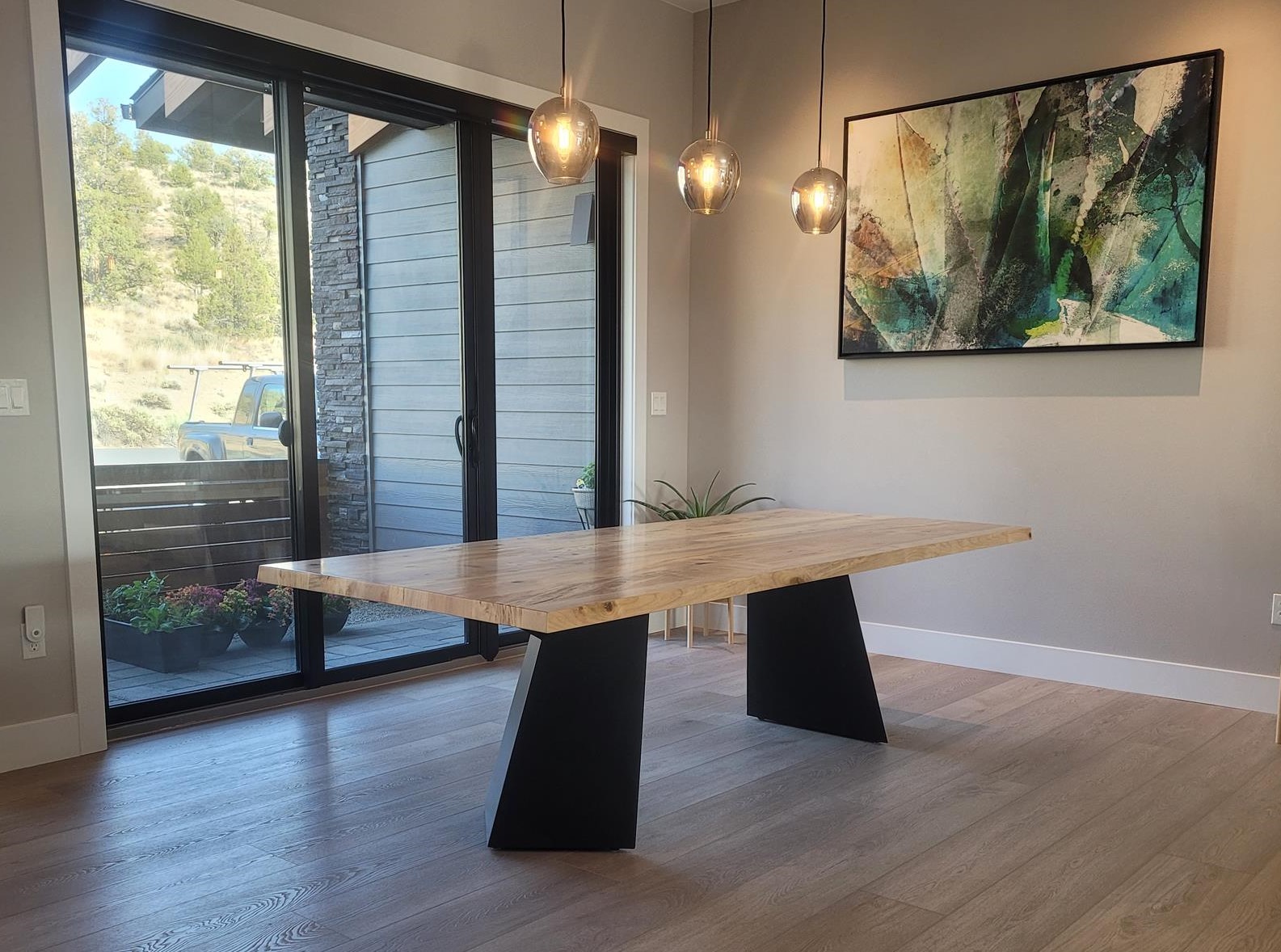Dining Room Table Legs That Integrate Functionality and Modern Style
Dining Room Table Legs That Integrate Functionality and Modern Style
Blog Article
An In-depth Take A Look At Table Leg Styles: Locating the Suitable Suit
Picking the right eating table leg style is vital for both aesthetic charm and practical performance. For those with bigger tables, trestle legs make sure sturdy support, whereas barrette legs present a mid-century contemporary ambiance with their minimalist layout. The x-shaped legs blend contemporary design with boosted stability.
Conventional 4 Legs
Among the different kinds of eating table leg designs, the standard four-leg style stays a classic choice for lots of families. Four legs provide balanced assistance, ensuring the table remains secure and capable of birthing substantial weight (dining room table legs).
From a visual perspective, the typical four-leg layout can be conveniently adjusted to various indoor designs. Whether crafted from timber, steel, or a combination of materials, these legs can be elaborately sculpted, streamlined and minimalistic, or anything in between. Their convenience enables them to match both rustic and contemporary setups seamlessly.
In addition, the simple structure of the four-leg layout promotes simplicity of motion and positioning within a space. Unlike more facility bases, this style minimizes obstructions, providing enough legroom for diners. In recap, the standard four-leg dining table leg design weds withstanding beauty with sensible performance, making it a sharp option for those looking for both kind and function in their eating furniture.
Pedestal Base
Typically commemorated for its stylish and space-efficient layout, the pedestal base is a notable option to the typical four-leg setup in eating table leg styles. This unique base usually includes a single main column supporting the table top, which can differ in type, from ornately sculpted wood to smooth, modern-day metal. One of the main advantages of the stand base is its ability to make the most of legroom and seating adaptability. Without edge legs, diners are paid for greater flexibility of activity, making it a perfect selection for round and oblong tables that promote more intimate and comprehensive celebrations.
The main column itself uses a canvas for elaborate designs and imaginative expressions, including an element of aesthetic rate of interest beneath the table. In recap, the pedestal base combines performance with style, making it an improved and functional option for varied dining atmospheres.
Trestle Legs
Trestle legs give a robust and classic structure for eating tables, identified by their horizontal cross-bracing and tough support light beams. Stemming from medieval times, this layout has evolved yet maintained its necessary structure, making it a perennial favorite in both traditional and modern setups. The central trestle light beam, usually supported by 2 or more upright posts, uses remarkable stability, permitting for larger table lengths without the demand for additional legs.
A considerable benefit of trestle leg tables is the sufficient legroom they supply. Unlike tables with four edge legs, the lack of obstructions at the table's edges supplies unimpeded room for chairs and diners, boosting visit site convenience and ease of access. This makes trestle tables excellent for accommodating larger celebrations, whether in a dining space or a reception hall.
From rustic farmhouse to streamlined modern-day layouts, trestle legs can be tailored to suit specific preferences. Their long-lasting charm and functional advantages make trestle legs an engaging selection for those looking for both style and practicality in their eating table.
Hairpin Legs

The allure of barrette legs depends on their simpleness and adaptability - dining room table legs. Readily available Check This Out in a range of materials, consisting of steel and brass, they can be finished in various shades to enhance different interior designs. Whether paired with a rustic wooden table top or a modern glass surface area, barrette legs effortlessly blend performance with a touch of classic charm
Toughness is an additional notable function of barrette legs. Regardless of their fragile appearance, these legs are engineered to bear considerable weight, making certain the table remains stable and protected. Furthermore, they are fairly very easy to install, making them a popular choice for do it yourself enthusiasts and specialist furnishings manufacturers alike.
X-Shaped Legs

Created from More Bonuses materials such as steel, timber, or a mix of both, X-shaped legs can be tailored to match numerous design choices. Steel legs often provide a streamlined and industrial feel, perfect for loft-style homes and contemporary eating rooms. On the other hand, wooden X-shaped legs use a warmer, more rustic appeal, ideal for farmhouse or eclectic interiors. The adaptability in products allows property owners to tailor their table to better fit their overall style plan.
Furthermore, the engineering behind X-shaped legs ensures even weight circulation, lessening the danger of wobbling and enhancing toughness. This makes them specifically fit for bigger table that need extra assistance. Essentially, X-shaped legs blend functional engineering with modern appearances, making them a classic selection for varied eating atmospheres.
Final Thought
A comprehensive understanding of table leg designs discloses the distinctive attributes and advantages of each style. Conventional 4 legs use security and timeless appeal, while stand bases offer legroom and a structured appearance. Trestle legs ensure durable support for bigger tables, and hairpin legs introduce a mid-century modern-day aesthetic. X-shaped legs incorporate contemporary layout with boosted stability. Selecting the appropriate leg design guarantees both functional and visual contentment in any type of dining room.
Report this page